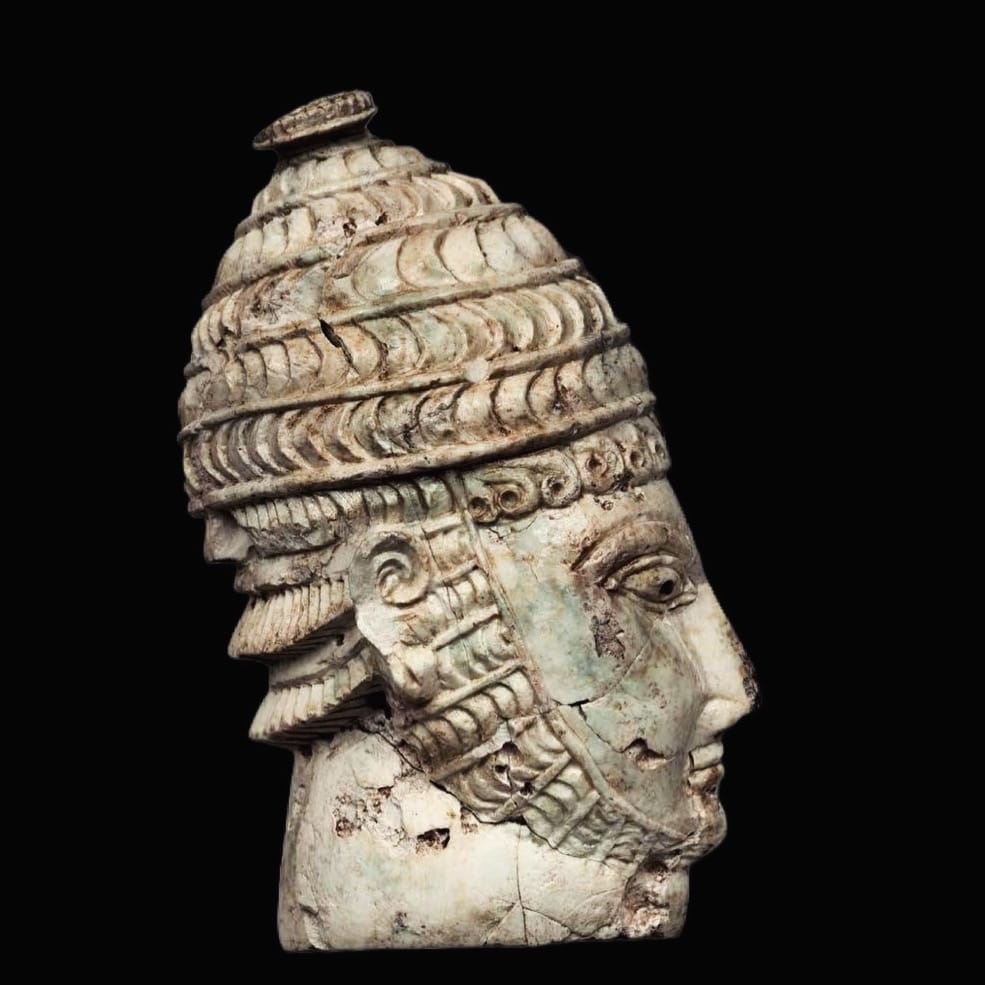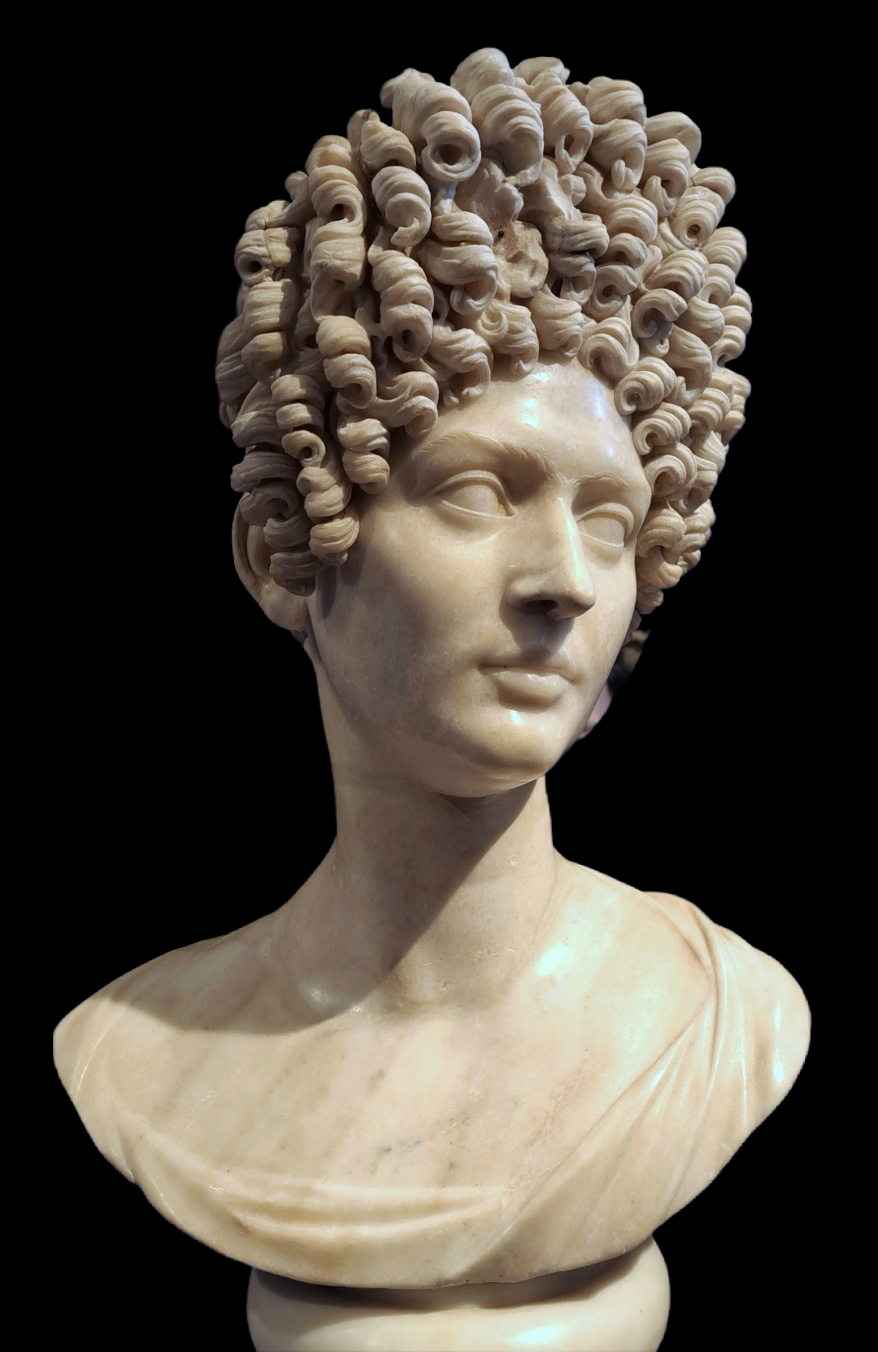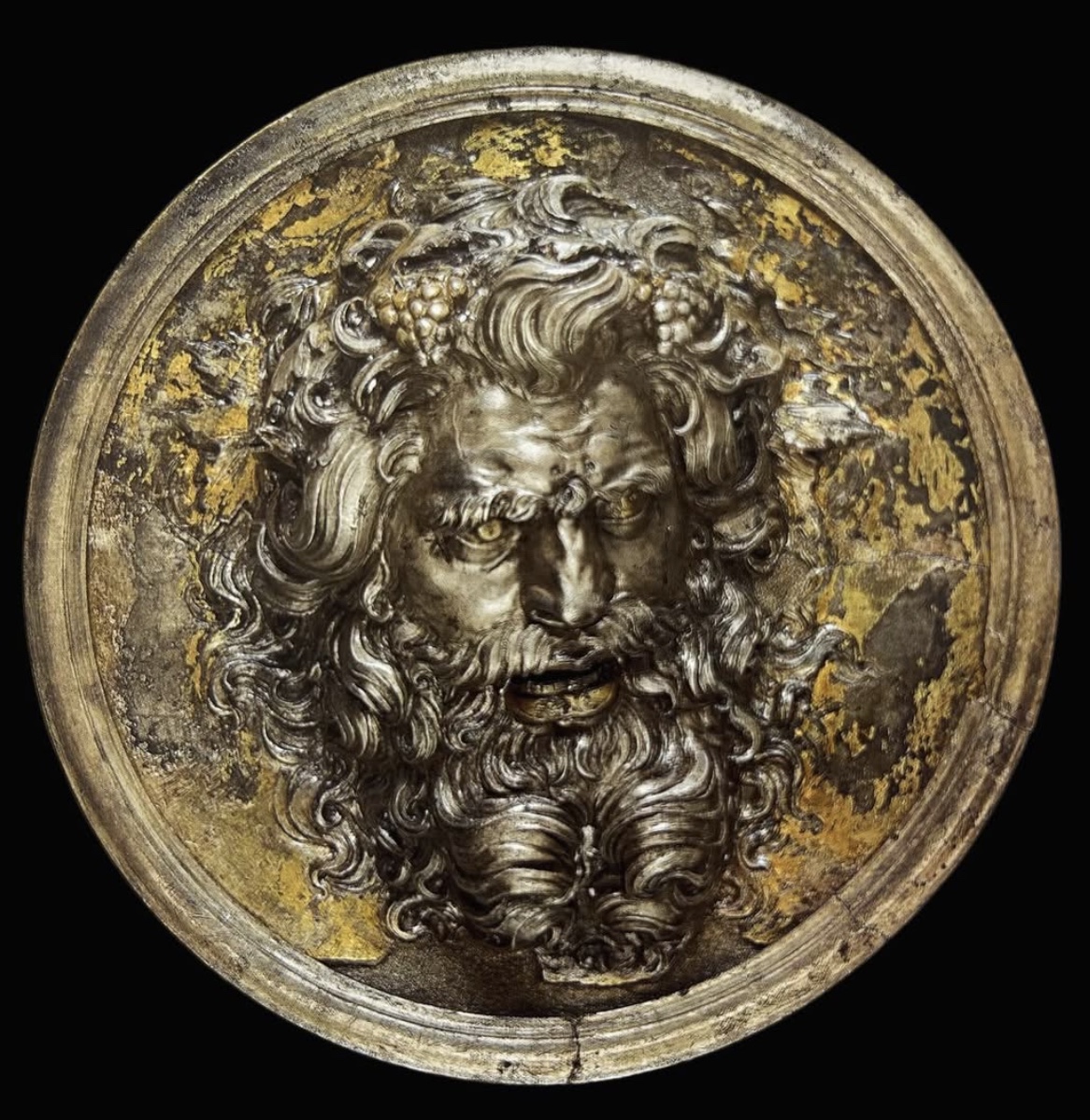This little ivory appliqué is a standout in the way the carver has absolutely reveled in the amount of patterns he could fit onto its small surface. The subject is, of course, a warrior whose rather haughty face (prissy pout, supercilious brow, aquiline nose, etc.) is surrounded by that glorious and quintessentially Mycenaean helmet.

These boar tusk helmets are pretty great in their own right, with the individual tusks sewn onto a leather lining to offer a glancing protection against missiles, but a whole lot of manly intimidation factor to enemy forces (‘I’ve killed a lot of boar, wear their teeth as trophies on my head, and I can probably kill you too!’).
I digress. The appliqué itself was found in a 14th century B.C. tomb among other fancy warrior paraphernalia. A 2009 study has suggested it was carved from a hippopotamus tooth – exotic, costly, and undeniably cool. Topped by a finial, the tusks are rendered in 5 alternating rows of commas, resting upon the warriors curly fringe and thick tiers of jutting locks behind. The ear is a peculiar scroll carefully shown overlapping the boar-tusk chinstrap that ties the whole thing together.
In non-expert online discourse it seems as if this fellow has become the face of the ‘Sea Peoples’, the mysterious invaders who tangled with the Egyptians and put an end to Minoan happy times. I suppose because of his glower?



